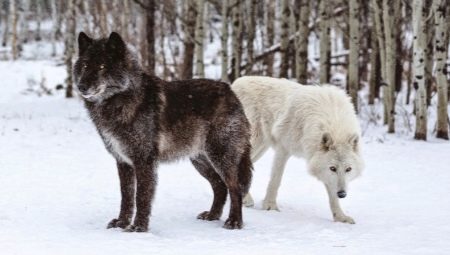All of the many breeds of dogs that are found now come from the ordinary "gray wolf." But since these are close species or even subspecies of the same species, hybridization occasionally occurs between them. The result of this process becomes a wolf-wolf - an animal that deserves a very careful consideration.

What it is?
Wolfhound is a hybrid of a wolf and a dog, which is rarely found even in the wild. Of course, not domestic animals, but runaway and feral dogs, are involved in the hybridization. Wolves generally do not consider them competitors in their natural habitat. A typical hybrid is characterized by the strength of the wolf, while the person is much less afraid. Crossbreeding of animals was practiced for a very long time, but old attempts gave an insufficiently stable result.
Of the previous crossbreeds, the following are worth mentioning:
- Dutch Wolf Dog Sarlos;
- Chinese Kunming Shepherd Dog;
- Czechoslovakian wolf dog.
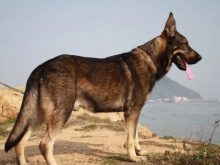
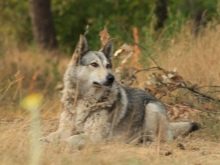
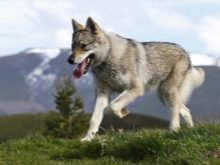
Modern wolfhounds introduced in Perm, at the Institute of Internal Troops. For hybridization, German shepherds were used. Perm cynologists claim that they managed to achieve the greatest controllability when compared with previous hybrids. And also the official description of the breed indicates such advantages in comparison with simple dogs, such as:
- more developed sense of smell;
- enhanced intelligence;
- great stamina.
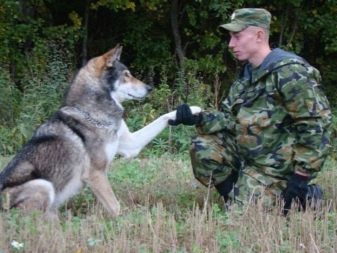
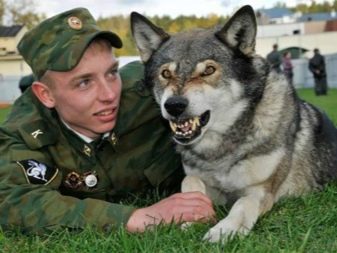
In the 2000s, testing was carried out on the qualities of the Perm Volkosob on the borders with Mongolia and China. However, the crossbreeding program is now closed. Returning to the background of the issue, it should be noted that spontaneous hybridization occurred already in antiquity.A number of images have been preserved showing a half-coot, half-wolf or half-dog (depending on the specific place).
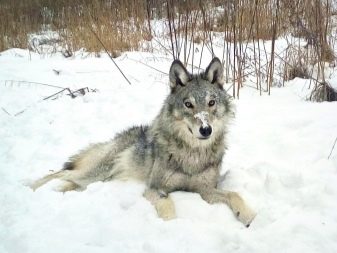

In 1766, an attempt was made to cross a wolf and a shepherd. Appearing 9 puppies received the conditional name "Pomeranian dogs." Part of the animals was sent to special menageries, the other part was sold to aristocratic families.
But the problem at an early stage was the inability to obtain offspring that could be trained. Failure ended with a number of attempts made in the UK and Germany.
Only at the beginning of the twentieth century, the Dutch researcher Lander Sarlos managed to develop a copy that was recognized by the World Cynological Federation. To get a crossbreed, a German shepherd and a she-wolf were crossed. The next step was the crossing of a she-wolf with this hybrid. Followers of Sarlos continued to work in the same direction. But in 1981, wolfhounds were officially recognized as unsuitable for training and completely uncontrollable. This did not stop even the fact that the share of wolf genes was no more than 10% of the genome.
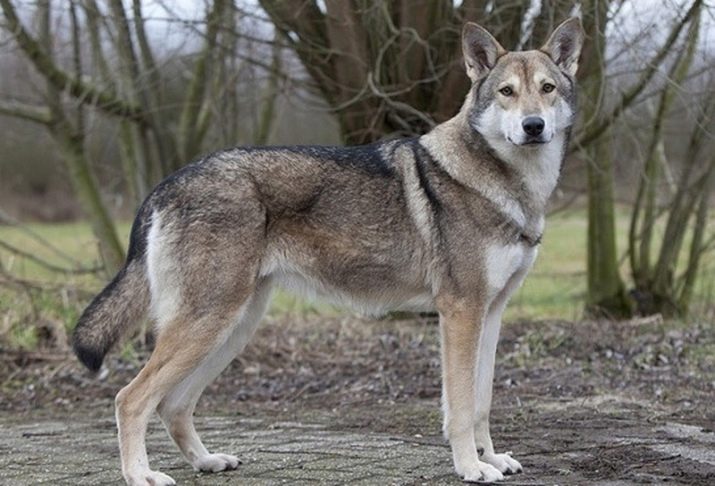
One of the most successful experiments was undertaken in the Czech Republic. Dog handler Karel Hartl, who worked in the cattery of the Czechoslovak Ministry of Defense in the city of Libeiowitz, managed to create a hybrid of a German shepherd and a Carpathian wolf. But even the Czech specialist managed to succeed only with the second litter. The resulting animals turned out to be quite strong, physically strong and normal to people.
It was quite possible to train Czech Wolfhounds and use them for security purposes. This breed received the official name Czech Wolf.
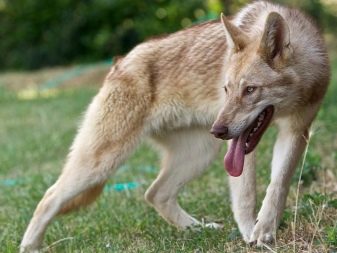
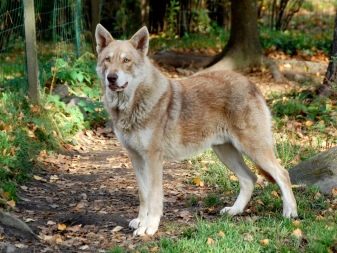
Wolfhound is not able to bark. But he howls like a real dog. The lifespan of this animal can reach 20-30 years. The exact indicator depends not only on proper care, but also on which particular breed the wolf was crossed with. In any case, the health of the hybrid is much better than any other breed.
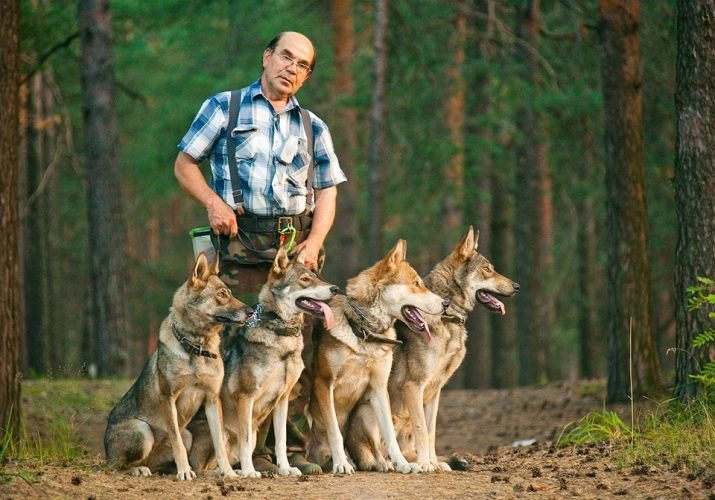
Thick wool reaches a high density. The undercoat is also thick, which significantly reduces the risk of hypothermia and respiratory diseases. therefore Wolfhound is able to endure severe frosts on the street for a long time. In addition, this breed extremely rarely needs preventive vaccinations. There are even a number of cases where vaccines did not have any effect.
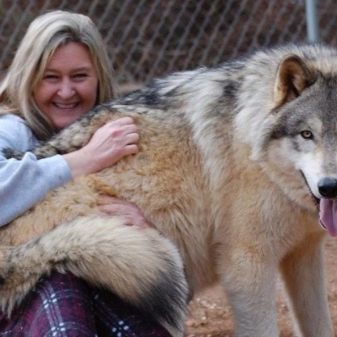

The teeth of a mestizo are even visually more powerful than those of recognized fighting dogs. With proper training, their strong bite becomes an almost absolute weapon. Wolfhounds inherit an exceptional sense of smell from a wild ancestor. In dogs of ordinary varieties, it is much less developed. There are even legends about the ability of a wolfhound to distinguish the blood of cancer patients and healthy people. And also there are stories about how this animal followed the traces left 5-7 days ago, and it was never mistaken, it did not go wrong.


Whether this is true or not, it’s hard to say, but it must be pointed out that wolf species also have weaknesses. Among them, breeders and dog handlers call the following:
- a tendency to the same ailments as German shepherds;
- unstable psyche (sudden transitions from benevolent behavior to aggression);
- susceptibility to abnormal bone development (when bones are inherited from dogs, and ligaments and tendons from wolves or vice versa);
- malocclusion;
- danger of rabies.
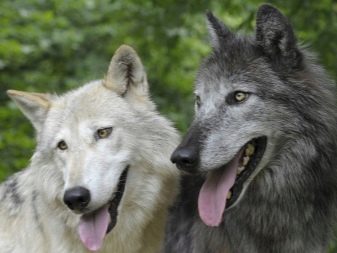
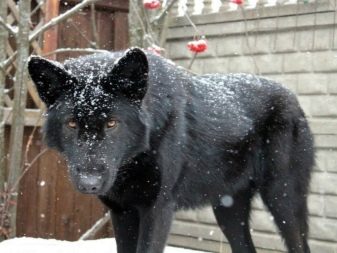
Varieties and their description
It should be borne in mind that the Saarlos wolfhund and the Czech wolfdog are officially registered, but wolves in the proper sense of the word can be called hybrids of any wolves with any dogs. The following wolf ways are recognized as classical types:
- black
- gray
- black spotted;
- dirty white.
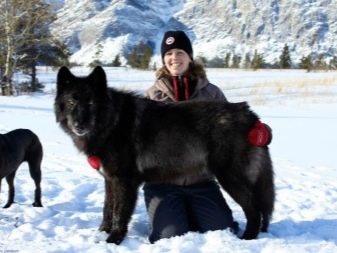
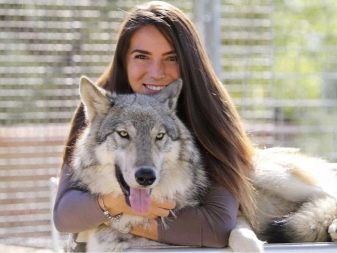
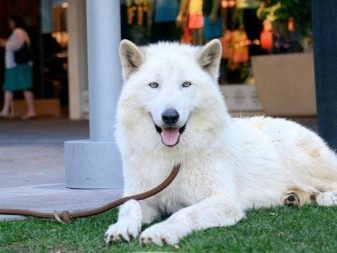
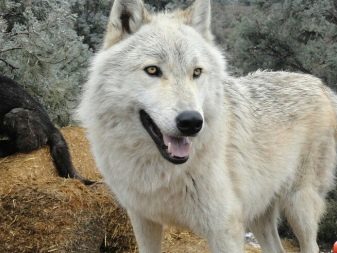
But you need to remember that the color of the coat can differ significantly, depending on which particular dog was hybridized with a wild animal. Peach and white tones are obtained by crossing with Belgian shepherds. Wolfhound, crossed with a German shepherd, acquires more often a black color. In any case, it does not make sense to look for its characteristics in any standard - because there are no standards at all. However, there is practice, a generalization of which shows the most general form of the animal.
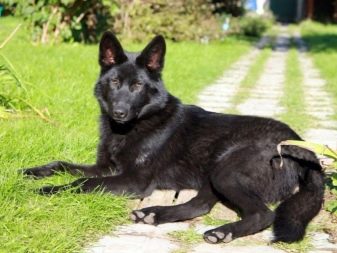
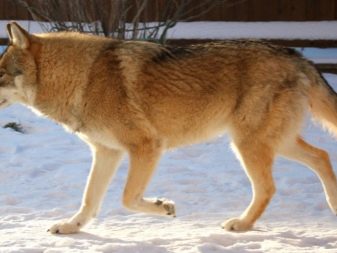
Wool has the following characteristics:
- grows straight and outwardly smooth;
- differs in small length;
- tightly pressed to the body;
- denser on the neck and on the inner edge of the ribs;
- located over a powerful undercoat.
The limbs of the wolf species are strong and large, noticeably close to each other. The body is notable for its leanness, has a rectangular shape and thoroughly developed muscles. The straight back smoothly, almost imperceptibly, passes into a powerful croup. The mouth is about the same as a regular wolf, and it has sharp fangs. A wedge-shaped head is crowned with a wide forehead.
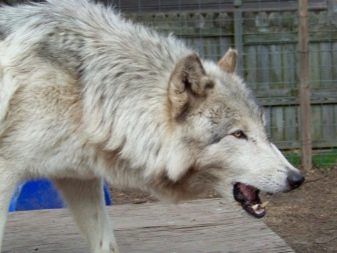
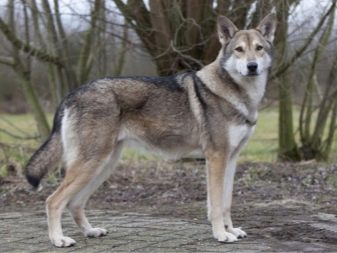
The muzzle of large length is also quite wide, has an expressive structure. The head rests on a dry neck. The thick tail reaches a fairly large length and is set high. The chest contains many muscles, but does not reach the elbows. The jaws are symmetrical with respect to each other. For wolfhounds, a scissor or tick-shaped bite is typical. There are 42 teeth in the mouth.
The eyes of this animal are relatively small and painted in the tone of yellow amber. From above, the head ends with erect pointed ears of a triangular shape. Depending on gender, height and body weight can vary greatly. Males weigh from 28 to 38 kg with growth at the withers of 0.73–0.83 m. In females, the mass is 23–34 kg with growth of 0.68–0.79 m.

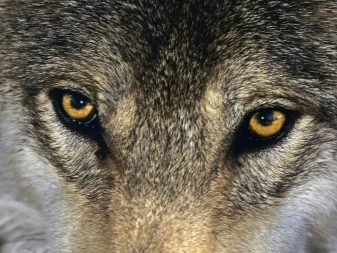
Important! All Wolfhounds have a short coat. Attempts to create a long-haired breed (by crossing with a poodle, for example) have been made repeatedly, but they all ended in failure, and the possible result itself is unlikely to be convenient in practice.
The mixed breed Wolfhund, aka Czechoslovakian wolf, was bred as a result of work begun in 1955. At that time, the World Cynological Federation condemned such experiments, but Czechoslovak biologists did not heed these recommendations. The breed is divided into 3 branches, 2 of which were later recognized by the same federation. Dogs obtained from the experiment were transferred to the police and the armed forces. Since such specialization was supposed from the very beginning according to the decision of the Czechoslovak government, a German shepherd was chosen for hybridization. Crossbreeding candidates were selected very strictly and evaluated on a number of important parameters. In total, 48 of the best representatives of the original breed were selected.
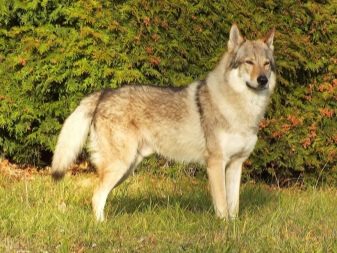
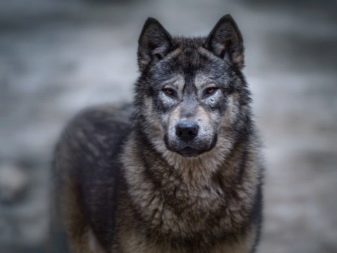
Important! Actually, the wolfhounds in the modern sense of the word did not turn out right away, but only as a result of crossing hybrids from the first and second generations.
Importantly, the Czechs managed to create not only viable, but also fertile livestock. In addition to its purely practical significance (the ability to maintain the breed without constantly updating its composition), this also made great scientific sense. There was additional confirmation that modern dogs and wolves have common ancestors, moreover they are subspecies of the same species, and not close species, as was previously thought. Czechoslovakian Wolfhund has the following features:
- as strong as a wolf;
- different “wolf” health;
- relatively well managed (like a German shepherd);
- more difficult "German" is trained and more stubborn when learning various skills;
- silent, not too often gives voice;
- has a strong resemblance to wolves;
- inherited standing ears from shepherd dogs;
- has high, highly developed paws.

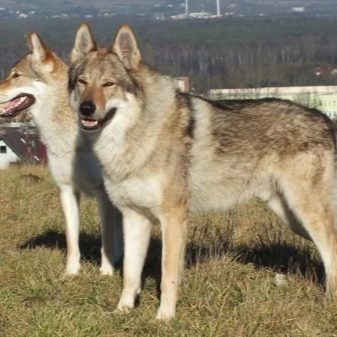
A top may have a straight and scissor bite. At the international level, both of these options are recognized as the norm for the breed. A mandatory feature of any wolf cubs should be a high tail landing. He is very magnificent and long, like a real wolf. You can often see how this tail drops straight down.If emotional arousal sets in, the tail takes on a crescent shape and rises. In most cases, wolf cubs are painted yellow-gray. Occasionally, silver-gray animals can be seen. Lighter than the main part, spots cover the neck, chest and muzzle.
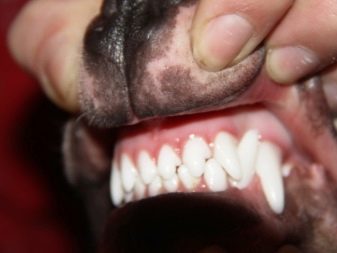
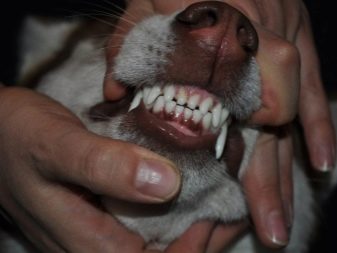
The earliest of the modern branches of the wolfhounds is the dog of Saarlos. Internationally, it was recognized in 1981. But breeding work began as early as the 1920s. The dog of Saarlos is slightly larger than the Czech Wolf (its height is approximately 0.05 m more). And also this animal is lighter than the Czech descendant. Quite a few Saarlos dogs are whitish in color. But the number of such representatives of the breed is steadily declining. There were few purebred Saarlos in the 21st century, but the Czechoslovakian Wolf Wolf boasts a stable population.
A third branch deserves a separate discussion - the Russian Wolfhound. In addition to the Perm developments already mentioned, breeding in this direction was also carried out in St. Petersburg. To begin with, wolves were crossed with malamutes. Thanks to the use of these sled dogs, very great growth was achieved.
Another “component” of the mestizo - the Canadian wolf - stands out among the other "grays" of unusual size.
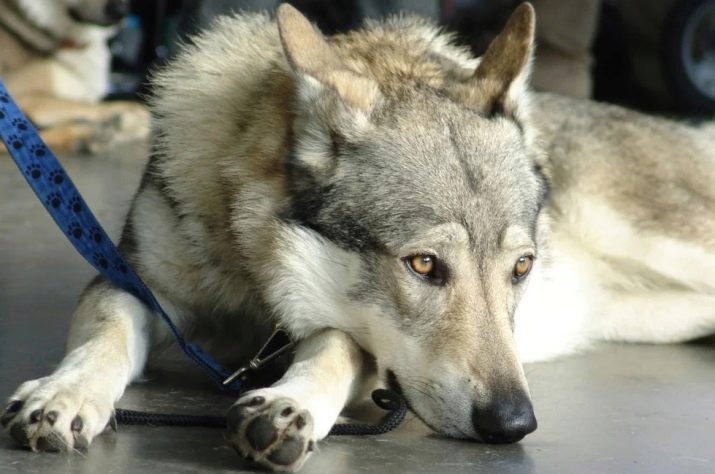
Russian Wolfhund is painted black, a white mark is present on the chest. The wool covering the paws and the lower part of the body is lighter than others - even the feeling is created that it is gray hair. Russian wolfhounds live a little less than the Czech counterpart. The reason is prosaic - 1-2 years takes up the increased size. Big dogs are almost never long-livers. The litter of the Russian Wolfhound is not numerous, only in some cases more than three puppies are obtained. The International Kennel Federation believes that this is not an independent breed at all, but a hybrid.
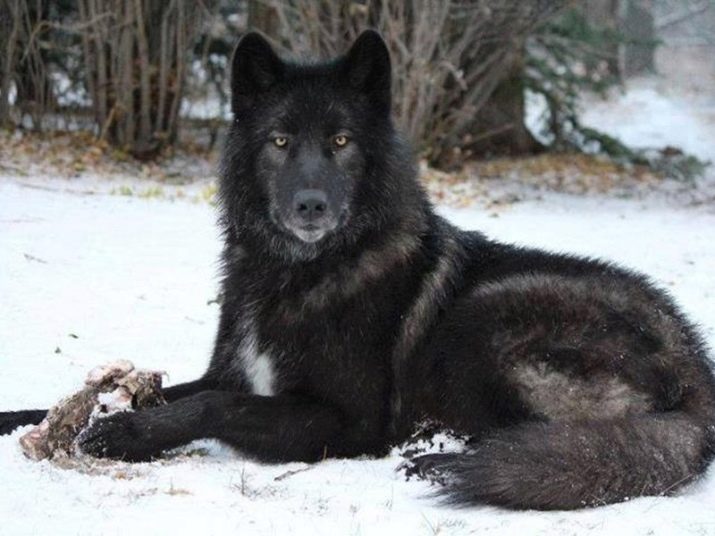
More exotic wolf ways live in different places, upon receipt of which they used not only Alaskan Malamutes, but also West Siberian huskies and Siberian huskies. The first successful copy proved to be very good at border customs. Subsequent successes were achieved through a consistent reduction in the volume of wolf genes. But no matter what type of wolfhound it is, people can reasonably be proud of its cunning and fearlessness. Thanks to its powerful jaw, a grip is guaranteed. Wolfhounds dogs behave calmly even when loud noises are heard.
But you need to understand that they are unsuitable as hunting companions. Initially, breeders, however, did not set such a goal. The wolfhounds will certainly not show special attachment to the owner. The mixture of the wolf and the dog does not need bodily contact with people. However, this property is controversial. A small emotional attachment to people can upset the owners, but there will not be a special need to constantly take care of the pet and actively communicate with it.
The possibilities for training wolfhounds are quite large, since any of them is distinguished by advanced intelligence.
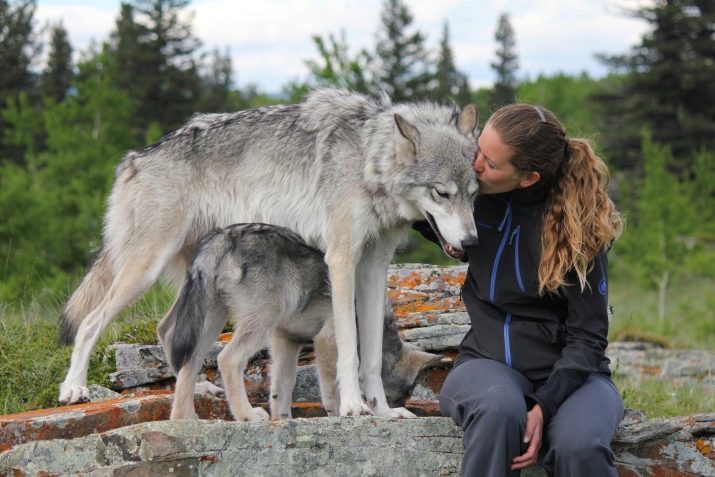
A separate conversation deserves a Chinese wolf dog, called Kunming (in the city where she was taken). The work of the breeders took a very long time, both German shepherds and representatives of other breeds were used for it. Chinese specialists managed to get a large and active animal with high mental abilities. Kunming is used by both law enforcement agencies and private individuals. However, one must not forget about the danger associated with wolf genetic material.
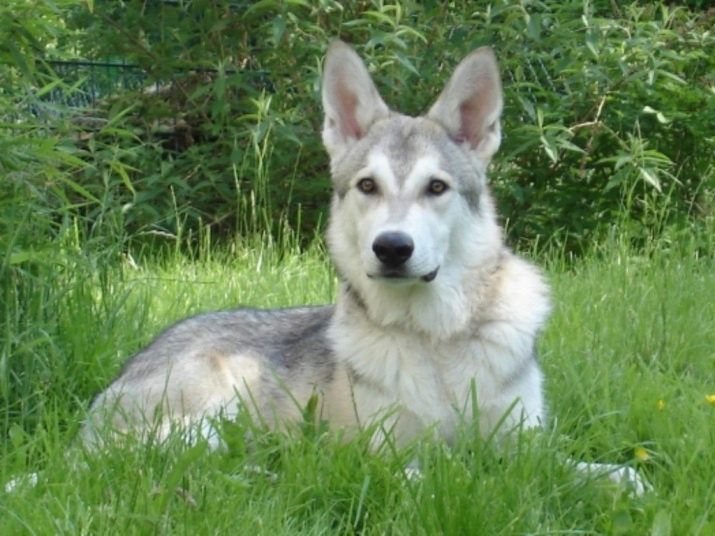
Good grades give and breed Lupo, bred in Italy. To obtain it, mountain wolves and German shepherds were used. Animals developed in this way can perfectly survive in the mountains, are distinguished by their exceptional sense of smell and are very hardy. Lupo can long endure hunger and lack of water.A unique trait is a strong attachment to a person (subject to competent training); but it’s very difficult to buy a magnifying glass because it is not the most common breed.
Alaskan Malamutes were also crossed with wolves. Such hybrids can weigh 25–55 kg. Their dimensions are also significantly different. Volamuts are able to live even at home, provided that they are provided with a large fenced area. To exclude attempts to escape through a digging or somehow else, you will have to physically load the dog.
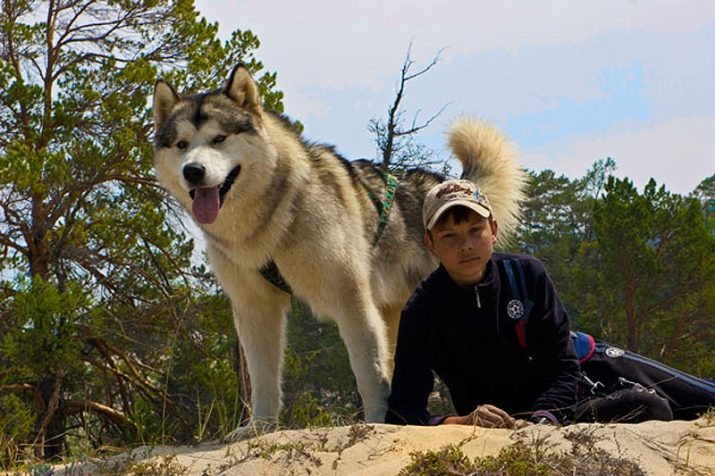
General content rules
The number of wolf owners will inevitably grow. This breed of dog is underestimated so far, the disclosure of its potential is yet to come. But before you start the house of such a serious beast, you will have to carefully study the nuances of handling it. So, despite the general simplicity of training, it must be entrusted to professionals. The nature of individual litters cannot yet be predicted, even for each individual puppy the proportion of wolf genetic material is individual.
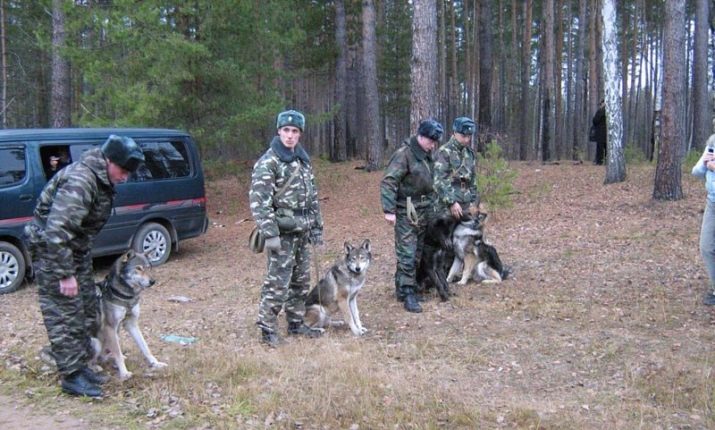
It will be possible to determine exactly how the wolfhound will behave - whether he will have more features in the behavior of a shepherd or a formidable forest predator only at the beginning of education. In any case, suppression of aggression must be taken care of as soon as possible. It is extremely difficult to cope with an adult and a strong wolf-dog in an aggressive state. All physical punishments are categorically unacceptable. Due to vindictiveness, the mestizo, which was punished in childhood, can cause a lot of trouble later.

But to perceive it as a continuous problem is not worth it. The complex and controversial disposition is largely offset by the very highly developed intellect and increased activity. To smooth out the negative manifestations of character, you will have to take care of the socialization of the puppies. It is worthwhile to be prepared for the fact that the pet will retain partially the habits of the wolf and begin to commit such minor dirty tricks as:
- dig holes;
- nibble everything in a row;
- to hunt small animals and birds;
- climb through barriers;
- penetrate indoors.
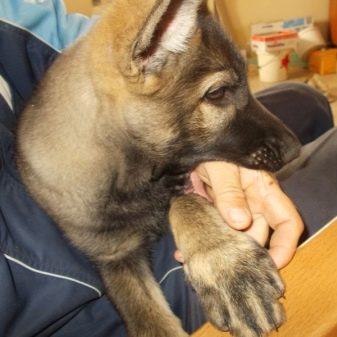
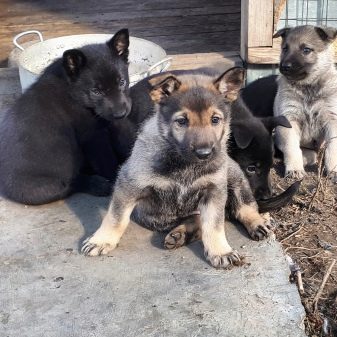
And while any prohibitions on the part of the owners here simply do not work. The Wolfhound is very energetic, and the energy, according to the indestructible laws of nature, must be dumped somewhere. Part of the solution is daily active classes, combined with tireless educational work. Wild wolves eat mostly small game, but at home this option is not suitable. And not only because it is expensive or too complicated.
The presence of live food in the diet will aggravate predatory instincts, while the task is at any cost and to weaken them as soon as possible.
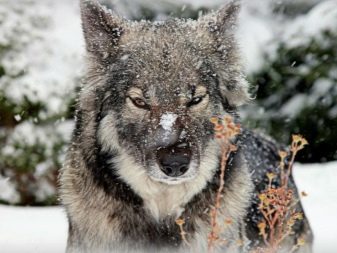
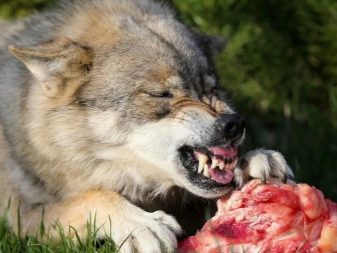
Wolfhounds do not show particular choosiness in food. The optimal diet is a harmonious combination of the following components:
- premium factory-made feed;
- raw meat in chopped form;
- sour-milk food;
- vegetables;
- cereals boiled in water or in broth;
- kidneys and liver;
- cottage cheese.

Important! Excessively saturated diet should not be. Its amount should be about the same or slightly less than the amount of carbohydrates.
The following products are prohibited:
- pure milk;
- fatty food;
- biscuits;
- sour cream;
- yogurt.

It is undesirable to use raw meat too often. Preference should be given to meat food that has undergone heat treatment. Under the influence of prohibited products, the body of the wolf species undergoes various negative changes. These may include the following:
- disturbances in the work of the intestinal microflora;
- food poisoning;
- dehydration;
- increased sensitivity to viruses and pathological microbes.
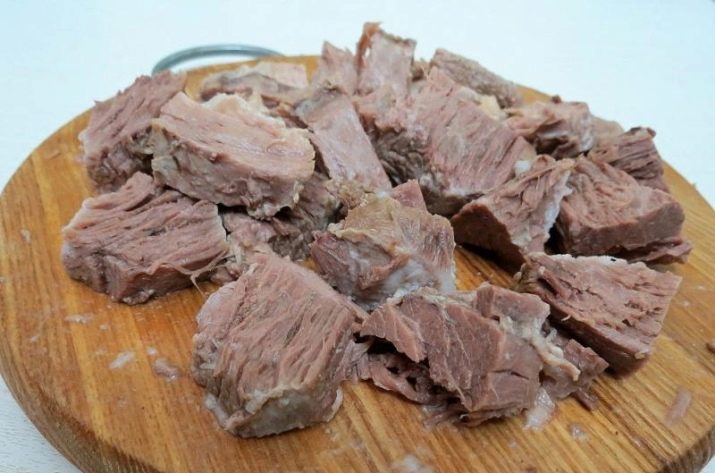
Often, veterinarians and dog handlers say that wolves should be given as natural food as possible. You can resort to factory feed only in case of emergency, at any opportunity you need to return to a normal diet. Some pets cannot tolerate mashed potatoes.They are not given it in its pure form, but as an admixture to broths or cereals.
When choosing foods, you should not use those that contain too much vitamin A, D and calcium. Excess calcium can lead to impaired development of the dog's body.
Wolfhounds are fed fish no earlier than 4 months. Egg consumption is possible a maximum of 2 times a week, while not as an independent dish, but as an additive to the rest of the food. From about the sixth week of development, the animal will have to be accustomed to fruit and vegetable food. Vegetable products are rubbed or simply chopped as finely as possible.

But besides nutrition, you need to pay attention to many other subtleties. So, the wolfhound is obviously not suitable for maintenance in a city apartment. He will definitely need a lot of free space. But not every aviary is equally suitable for wolf species. You can not keep them in the booths without reliable insulation and without a good fence. Attempts to tie a mestizo on a chain will result in negative consequences alone. The dog will be embittered by the owner, will begin to whine and howl. Bathing the wolfhopper requires a maximum of 1 time in 6 months, the animal will get rid of the dirt on its own. It will molt twice a year. Shedding is plentiful, the hair will have to be combed regularly.
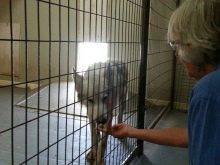
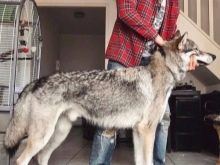
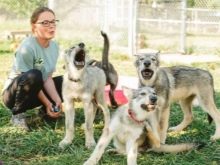
You will have to refuse the institution of the wolfops if you already have other dogs or cats. A mestizo gets along badly with them and behaves excessively aggressively. It's all about the enhanced leadership characteristics inherent in the wolfhounds. Whenever possible, he will certainly try to arrange a deadly battle. Soft and prone to concessions people will not be able to raise such a dog well enough. But another extreme - the intention to break the nature of the animal - will not lead to success. It is required to build strictly trusting relationships, while clearly indicating your own leadership. Only a person should be an unequivocal authority, and no other way.
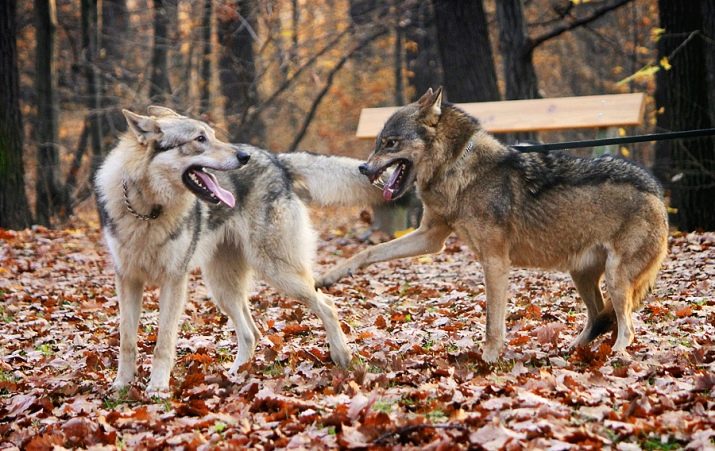
Of great importance is a regular checkup with veterinarians. Turning to them will allow partly to be avoided, and partly to reveal at the early stage the vast majority of diseases. Wolfhounds, with proper upbringing, may well change their owners. They do not experience any negative experiences from this. Rabies is a particular danger to this breed.
Classic vaccinations from him, which are usually given to dogs, in this case are ineffective. Therefore, the prevention of rabies infection, that is, the exclusion of contacts with already infected animals, is of particular importance.

To avoid a bite or escape into the wild, you will have to build a strong fence that the wolf can not destroy, undermine or jump over. Initially, one should tune in to the manifestation of such habits characteristic of the wolf as:
- howling at night;
- conflicts with other animals;
- hostile meeting of guests.
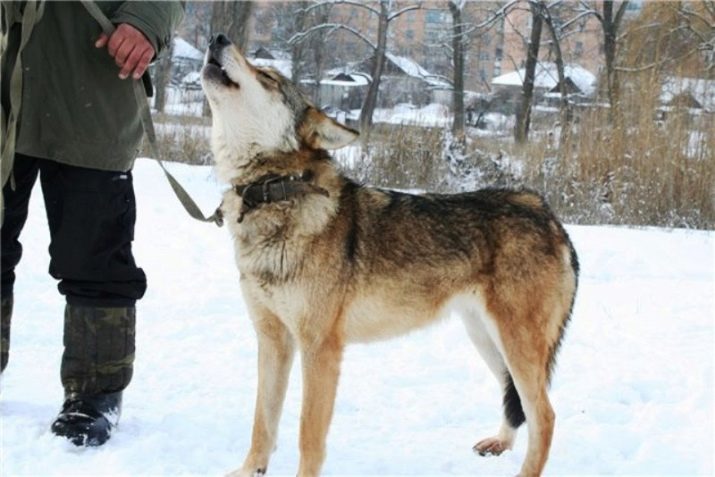
How to choose?
If all these possible difficulties do not frighten people, and they still decided to have a wolf, they will have to carefully choose puppies. In our country there are no nurseries that purposefully engaged in the breeding of this breed. Therefore, you will have to contact only informal traders. Inevitably, there is a risk, because it is impossible to get any guarantees of sufficient socialization of the ancestors. And information about the percentage of wolf genes will have to be taken a word.

If possible, you should focus on sellers related to law enforcement agencies. It was there that the greatest experience was accumulated in breeding wolves and caring for them. Those wishing to purchase the best quality animal with a guarantee can go to the Czech Republic - there are 4 specialized nurseries there.
About the wolfhound bred in Perm, at the Institute of Internal Troops, as a service dog, see the next video.
